For the link to my contribution to Tennis with an Accent, my recap/analysis of Novak Djokovic’s thrilling 6-4 3-6 7-6 4-6 10-8 win over Rafael Nadal at Wimbledon, click on the link below:
X and O Analysis: Djokovic – Nadal
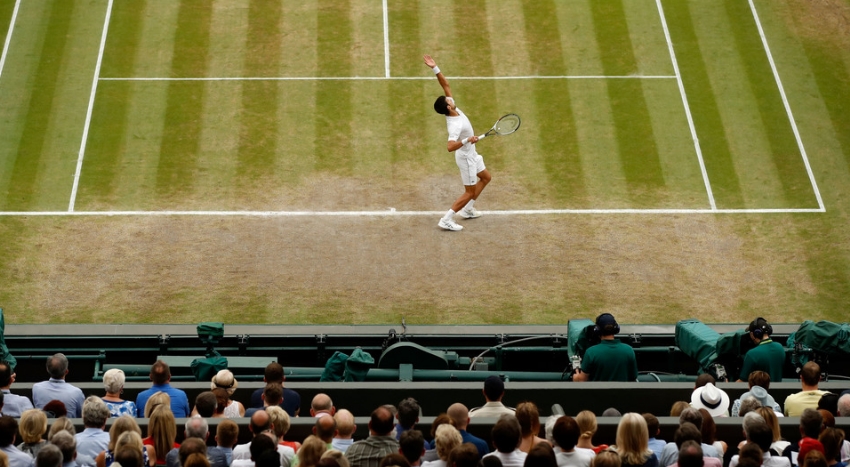
Until next time…
For the link to my contribution to Tennis with an Accent, my recap/analysis of Novak Djokovic’s thrilling 6-4 3-6 7-6 4-6 10-8 win over Rafael Nadal at Wimbledon, click on the link below:
X and O Analysis: Djokovic – Nadal

Until next time…
When it concerns a match being played on grass, the primary stats that people generally use to determine the possible outcome revolve around serving skills (aces, serving percentages, etc.), closely followed by return-related ones. The Friday’s semifinal at Wimbledon pitting the world number one Rafael Nadal against his long-time rival Novak Djokovic is one encounter in which that particular area should be put aside to foreground other facets of the game. Let’s be frank, neither Nadal nor Djokovic are monster servers.
The bread-and-butter components of their formula for winning matches rather rest on stroke production from the baseline and rally patterns that their groundies can carve out in their favor.
Serves may play an important role insofar as initiating the server’s attacking pattern on the next shot or restricting the opponent from initiating his own with the return. These two men are fabulous returners, with the Serb winning 43% of his return games through the first five rounds (best at Wimbledon this year so far) and Nadal winning 31% of them (tied for third). Nadal, for his part, has proven to be more efficient in converting break-point opportunities at 44% (25 out of 57) than Novak has at 40% (31 out of 77).
I reckon that first-serve percentage may have some significance for Novak since he prefers to dictate rallies against Rafa where he can hang around the baseline or inside, keeping the Spaniard two or three meters behind his own, and running him from corner-to-corner. Ironically, it is how Rafa wins a load of points against many other players. Novak is the only one that he has not been able to frustrate into making into errors in those types of elongated rallies.
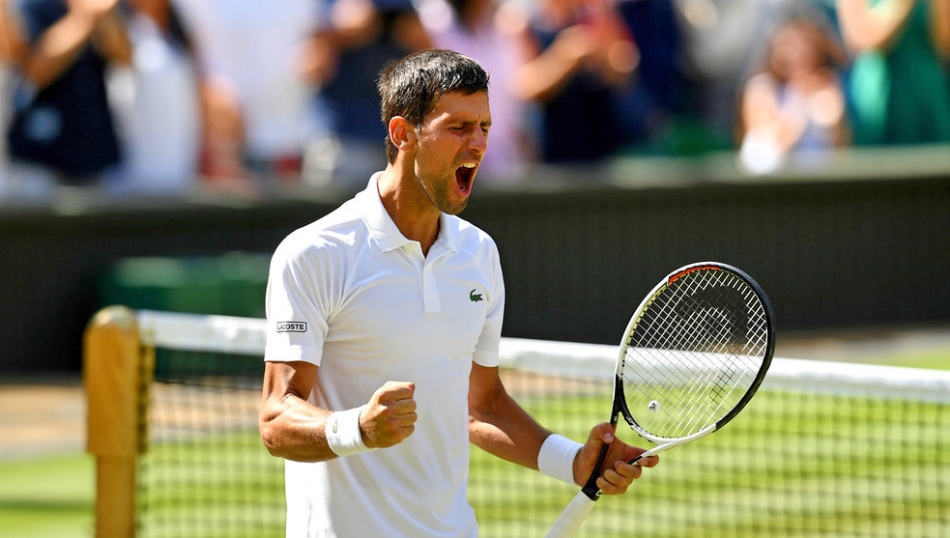
Aside that particular thought as to how first-serve percentage may play a minor role, I feel safe in assuming that what happens once the baseline rallies take their course will decide, for the most part, who makes it to the final. Serves and returns will merely factor in as that extra push to get over the hump. Let me illustrate what I precisely mean by that last sentence.
A long game at 5-5 may feature a lot of spectacular rallies and shots, yet when either player gets to his umpteenth game/break point, or faces one, a rare big serve or a stunning return may give that player the final nudge to close out the game and move ahead 6-5. There is a good chance that people will retroactively remember that serve or return and say, “that huge serve/return was the key to that set,” when, in reality, it was everything else that got the player to that point where the particular serve or return in question could assist him in taking the last step across the finish line.
As for baseline stats, I am not sure that they mean much in the case of Friday’s semifinal. It is one of the most prolific rivalries in the history tennis. Nobody could know any better than Rafa and Novak what to expect from one another.
It has also been said that the favorable conditions cause the ball to bounce higher than usual (alert: that does not mean “slower”), but again, as to who that favors, your guess is as good as mine. It is true that Rafa’s spins may bounce higher than in previous years, but if you begin to think it will bounce the same way as it does on clay, that is a firm “no.” It is also true that Novak prefers to strike his aggressive shots at a level between the waist and shoulder. In short, conditions will matter little in that they will not give a distinct advantage to one player over the other.
In their past matches, I often found myself in awe of how Djokovic could take the baseline away from Nadal, run him ragged and put the ball away eventually against the very legend who built his legendary status by doing just that, running balls down and getting them back from impossible positions. I was also bewildered by Nadal’s tenacity as he would search for responses to Novak’s patterns and successfully rise to the occasion a number of times. Rafa is one of the best – if not the best – in the business when it comes to problem-solving.
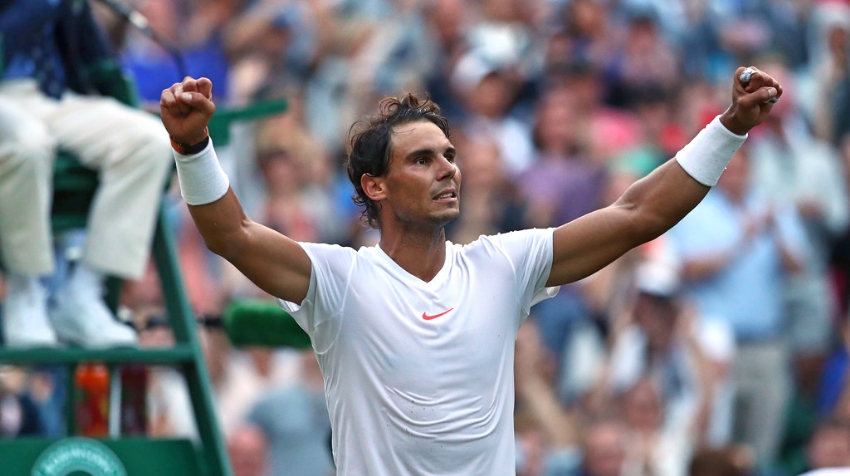
Friday’s match is a bit different in that one of the players, Djokovic, is coming into this match “seemingly” in the process of recovering his top form. I used quotations marks for “seemingly,” because no one can be sure that he has recaptured the same form that has brought him so much success until the summer of 2016. Tomorrow’s match represents the best opportunity that he could have asked for to prove that he has. I believe that an in-form Novak would have a great chance to win on Friday, only because Nadal has shown some vulnerability when having to chase hard-hit balls in mid-length rallies. He just has not played anyone who can do that consistently except Del Potro in the quarterfinals.
Personally, I find Djokovic’s footwork to be at a level slightly below the 2015-16 one, especially when he must make rapid directional changes. He is still moving phenomenally side to side and chasing down balls that appear to be unreachable. My question would be, what if he is caught on his backfoot? Or what if a hard serve comes straight to his body? Will he be able to step away quickly? If Novak’s footwork is not optimal, Rafa will take command from the baseline unless the Serb can come up with big flat winners early in the rallies. I don’t believe he can do that consistently for three sets against Nadal.
That’s all folks! Rejoice, one of the greatest duels in our sports is about to take place in the cathedral of our sport.
Below is the link to my contribution to Tennis with an Accent —> My recap/analysis of Kevin Anderson’s epic upset of Roger Federer in the quarterfinal round of Wimbledon on Wednesday.
Link: Anderson Ups the Ante
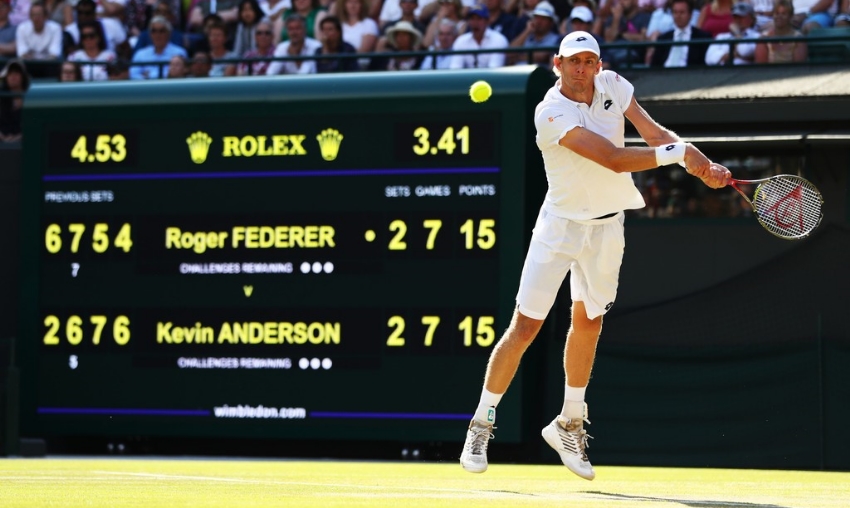
Until next time…
Once again, I am contributor to the Tennis with an Accent website today with my in-depth, post-match analysis of the high-quality clash between Angelique Kerber and Daria Kasatkina in the quarterfinals of Wimbledon on Tuesday.
Link: Kerber and the Intangibles
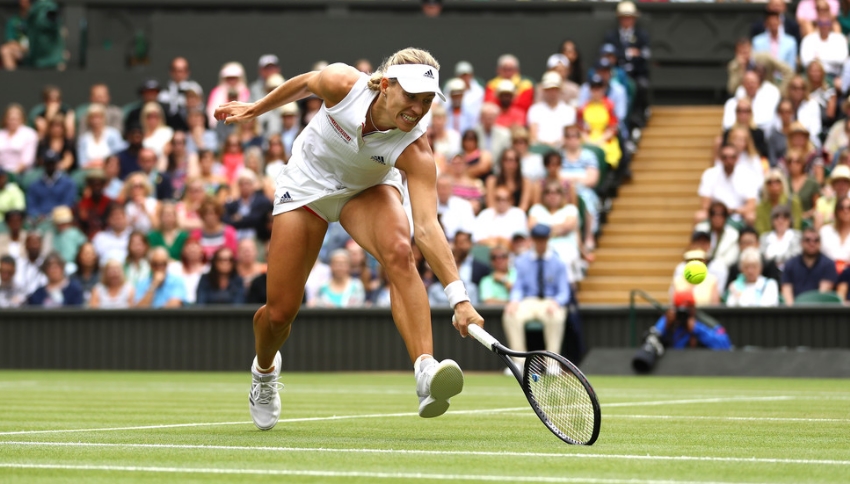
Until next time…
My write-up for Manic Monday at Wimbledon is now posted at the Tennis with an Accent website. I analyze Daria Kasatkina’s three-set win over Alison van Uytvanck in one of the more intriguing fourth-round match-ups in the women’s draw.
Link: Kasatkina Mindfully Maneuvers Past Van Uytvanck
Until next time…
In another thrilling upset, Hsieh Su-wei came back from a match point to defeat the top seed Simona Halep 3-6 6-4 7-5, and earn her spot in the fourth round coming up on Manic Monday at Wimbledon.
You can click here to read my match analysis on Tennis with an Accent website, a great source for Wimbledon and year-long tennis coverage.
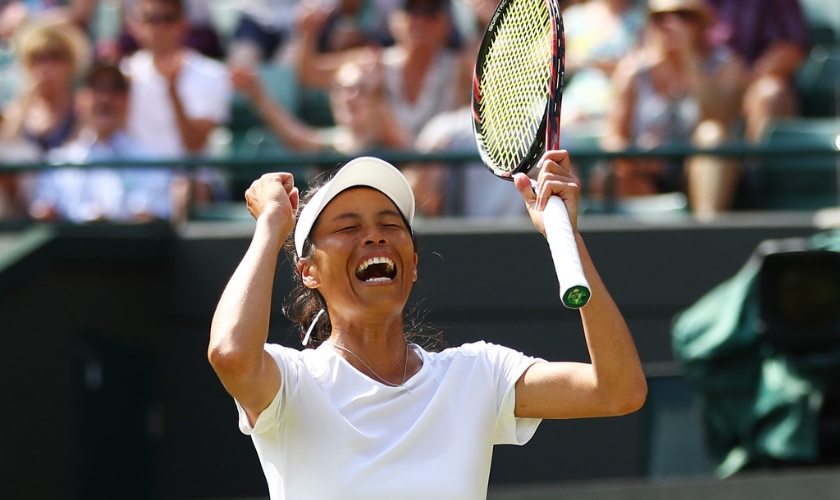
Until next time…